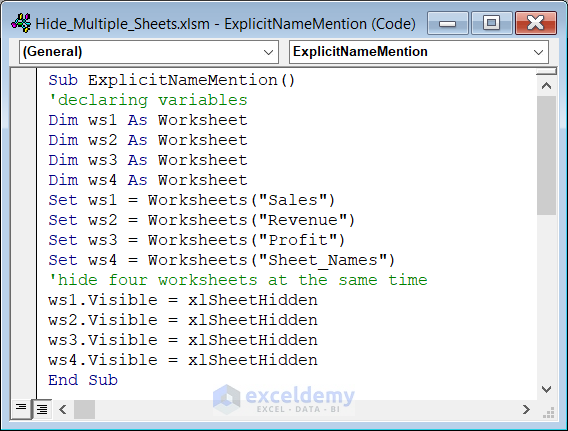7 Steps to Obtain Disability Paperwork Easily

Understanding the Need for Disability Paperwork

Obtaining disability paperwork can often feel like navigating a labyrinth, especially when you’re already dealing with health issues. However, understanding the importance of this documentation is the first step towards securing the benefits or accommodations you’re entitled to. Disability paperwork not only validates your condition but also plays a crucial role in securing benefits from government programs like Social Security Disability Insurance (SSDI) or Supplemental Security Income (SSI), as well as workplace accommodations under the Americans with Disabilities Act (ADA).
Step 1: Assess Your Need for Disability Paperwork

Before diving into the paperwork process, it’s essential to determine whether you need disability documentation and for what purpose:
- Government Benefits: To apply for SSDI or SSI, you’ll need detailed medical records and an official diagnosis.
- Workplace Accommodations: Employers might request disability paperwork to grant you reasonable accommodations like flexible hours or adaptive equipment.
- Education: Schools or colleges might require this documentation to provide academic adjustments or special services.
By understanding your needs, you can tailor your documentation gathering process more effectively.
Step 2: Compile Medical Records and Documentation

The foundation of your disability paperwork lies in your medical records:
- Request all relevant medical records, including diagnosis, treatment history, and test results.
- Secure letters from your treating physicians that clearly state your diagnosis and its impact on your daily activities or work capacity.
📝 Note: Ensure that all documentation is up-to-date, as outdated records might not suffice for current benefit claims.
Step 3: Identify and Contact Appropriate Agencies

Understanding which agencies to contact is critical:
- For SSDI or SSI, you’ll typically need to file through the Social Security Administration (SSA).
- For workplace accommodations, you might need to inform your HR department or contact the Department of Labor for ADA information.
- Schools or universities might have a disability office or student services you can approach for educational adjustments.
| Agency | Purpose | Action Needed |
|---|---|---|
| Social Security Administration | SSDI/SSI Benefits | Submit Application, Medical Records |
| Employer/HR | Workplace Accommodations | Provide Disability Documentation |
| School/University Disability Services | Educational Adjustments | Submit Documentation, Meet with Coordinators |

Step 4: Understand the Disability Definition and Criteria

Each program or institution has its own definition of disability:
- SSDI and SSI: Require that your condition significantly impacts your ability to work or engage in substantial gainful activity.
- ADA: Defines disability as a physical or mental impairment that substantially limits one or more major life activities.
By knowing these criteria, you can tailor your application and documentation to meet the specific requirements.
Step 5: Complete Application Forms and Documentation

Now that you’ve gathered your documents and understand the criteria, it’s time to:
- Fill out application forms accurately, which might include Adult Disability Report, Work History, or other specific forms.
- Include all necessary medical records, physician letters, and any other documents that validate your disability.
- Submit additional documentation like vocational training records, if relevant.
🔎 Note: Make sure to double-check all forms for completeness before submission to avoid delays or rejections.
Step 6: Engage with Healthcare Providers

Your healthcare providers play a pivotal role in your disability application:
- Communicate with your doctors about the documentation needed for your case.
- If necessary, arrange for a Functional Capacity Evaluation (FCE) to assess your work capacity.
- Physicians can provide crucial medical evidence through detailed reports or Residual Functional Capacity (RFC) forms.
Building a good relationship with your healthcare providers can lead to more thorough documentation, which strengthens your case.
Step 7: Follow Up and Be Persistent

After submission, the journey doesn’t end:
- Regularly follow up with agencies for updates on your application status.
- Be prepared for possible additional requests for information or clarification.
- If you’re denied benefits or accommodations, understand the appeals process and consider consulting with an attorney specializing in disability law.
💪 Note: Patience and persistence are key; the process can be lengthy, but staying proactive ensures you’re moving towards a resolution.
By following these steps, you'll have navigated the complex process of obtaining disability paperwork, ensuring that you have the necessary documentation to apply for benefits or receive accommodations. Remember, while the path can be daunting, the end goal is to secure the support you need to improve your quality of life.
How long does the process of obtaining disability paperwork usually take?

+
The duration can vary widely. For SSDI or SSI, initial processing might take several months to a year, including gathering documentation, application review, and possible appeals.
What if I don’t have a current diagnosis or my condition has changed?

+
You’ll need to see your doctor to get an updated diagnosis or to document any changes in your condition. This might involve new tests or assessments to meet current criteria for benefits or accommodations.
Can I apply for disability benefits without an attorney?

+
Yes, you can apply independently, but having an attorney can improve your chances of approval, especially if there are complications in your case or if an appeal is necessary.



